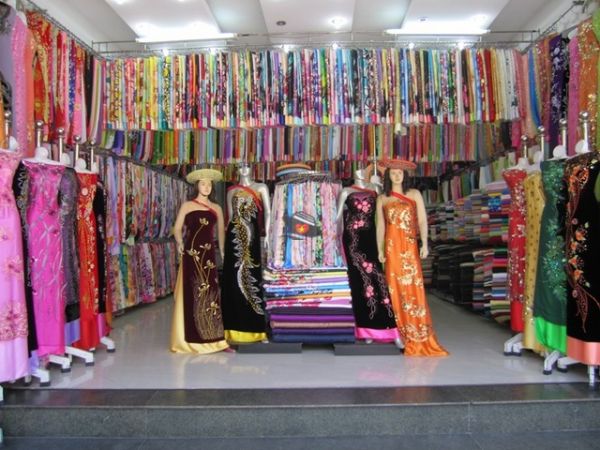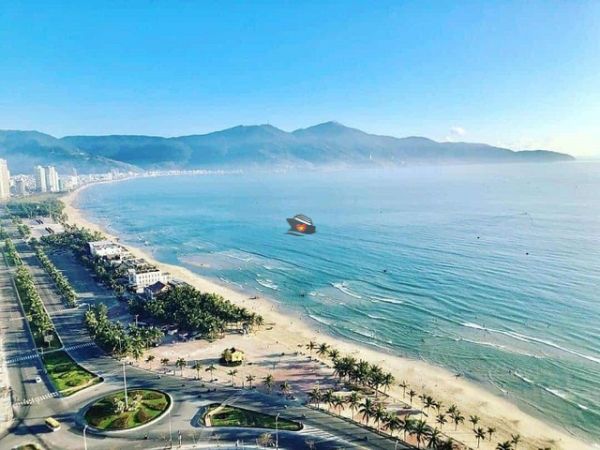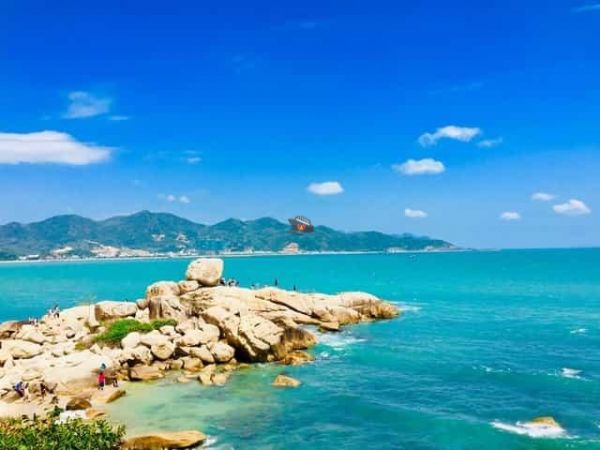WHAT DIFFERENCE BETWEEN SAIGON AND HO CHI MINH CITY

What difference between Saigon and Ho Chi Minh City. It's perplexing. Not only does Vietnam have two massive and significant cities of almost equal size, but one of them appears to have two names that are both in use at the same time. In addition to Hanoi, the country's capital in the north, Ho Chi Minh City is located in the south. Or was that Saigon?
What difference between Saigon and Ho Chi Minh City?
According to the Khmer Chronicle, Saigon was formerly a modest fishing harbor known as Preah Reach Nokor, which translates to "Royal City" of Cambodia in the early 17th century. This prosperous country became Vietnamese territory once the Nguyen Dynasty settled there around the end of the 1600s.
Saigon was renowned as The Pearl of the Far East under the French colonial occupation, which began in 1859, due to its riches and abundance of Western-style architecture. Chinese traders arrived in 1679 and founded a new town named Cho Lon near Saigon, where commerce thrived until 1931. These two cities remained independent until South Vietnam gained independence from France in 1955, at which point they were merged to become Saigon.
However, after the Americans and South Vietnam lost the war in 1975, North Vietnam took control and forcibly reunified the divided country. In 1976, the former capital of the South was renamed after the previous leader of the North, Ho Chi Minh, which may have been the most visible symbol of triumph. Since he had died six years prior, this should not only establish who was in control today but also immortalize Ho Chi Minh.
Do people care anymore? Not really. Everyone will understand if you mention Saigon. People are not annoyed or offended when visitors use the old name; in fact, most locals do. The airport code is still SGN, and let's be honest: Saigon is a far better name than the unappealing, lengthy, and difficult-to-spell "Ho Chi Minh City."

The name change was not voluntary on the side of the people in the South; it was a declaration of the North's victory. As you can expect, the decision was extreme at the time, and many Saigonese citizens departed the nation. However, the two names are no longer used to make any political statements; they are merely different ways of referring to the city.
The Vietnamese people appear to have recovered fast and resiliently from the war, with individuals in both the North and South joyfully selling prints of wartime propaganda posters and even utilizing the era as a motif in cafes. The names Ho Chi Minh City and Saigon are frequently used interchangeably across the country, with minimal reference to their origin. In short, whereas the origins of these names were originally sensitive, they now appear to be synonymous. Names are not used to make political statements; they are merely different ways of referring to the city.

The term "Saigon" first appears in 1776 in a text written by Le Quy Don, a Vietnamese scholar, but the name might have appeared much earlier. There are several ways to describe the meaning of the term Saigon. One of the hypotheses is based on Huynh Tinh Cua's book Dai Nam Quoc Am Tu Vi. According to the book, "Sai" signifies firewood, and "Gon" is the name of a variety of plant that was prevalent in the area at the time. As a result, the city came to be known as "Saigon".
Ho Chi Minh was the first leader of North Vietnam, or the Socialist Republic of Vietnam. From 1965 until 1975, Saigon served as the capital of the Republic of Vietnam. When the Northern Vietnamese Army took power on April 30, 1975, Saigon was renamed Ho Chi Minh City in commemoration of Uncle Ho's heroism and leadership during the revolution. The country's north and south areas might ultimately unify, bringing the Vietnam War to a conclusion.

Today, Saigon, also known as Ho Chi Minh metropolis, is Vietnam's largest metropolis in terms of population and GDP, with the country's fastest economic development rate. It is the second-largest city by area and serves as a vital hub for economy, services, industry, culture, and education.
Ho Chi Minh City is a popular tourist destination in Vietnam, attracting both domestic and international visitors with a wide range of activities such as culinary tourism, cultural festival tourism, historical and traditional exploration, eco-tourism, and more. The city has several historical and cultural attractions, archeological sites, museums, temples, and cathedrals, as well as dynamic entertainment and recreational districts that cater to the requirements of visitors, earning its nickname as the "city that never sleep".
People in Vietnam commonly refer to Ho Chi Minh metropolis as "Saigon" since it is a quicker method of addressing the metropolis. The acronym "SGN" represents the aircraft code from or to Ho Chi Minh City.
As if that wasn't confusing enough, many locals refer to "Saigon" differently. Locals who live in the city will translate "Saigon" as "District 1 in Ho Chi Minh City". Vietnamese from other regions will refer to "Saigon" as "Ho Chi Minh City".
Even though time has passed and the name has changed, some aspects of this city have remained consistent. One obvious example is the scooter, which has served as the primary form of transportation for decades.

Email: info@friendlytravel.vn
WhatsApp: +847-6666-0606












.jpg)
